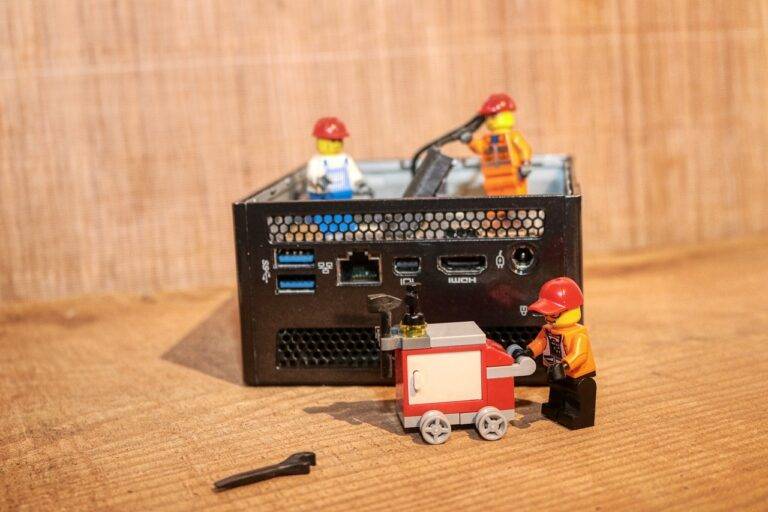Tech and Education: Remote Learning Solutions
Remote learning has undeniably presented numerous challenges for both students and educators. One of the main obstacles faced is the lack of physical interaction between teachers and students. This reduced face-to-face communication can hinder the ability to ask questions and receive immediate feedback, impacting the overall learning experience for many individuals.
Moreover, the digital divide has become increasingly apparent as remote learning has become more prevalent. Students from lower-income households may not have access to necessary technology or a stable internet connection, putting them at a disadvantage compared to their peers. This disparity in resources can widen the educational gap and hinder the academic progress of students who are already facing challenges in their learning journey.
Benefits of Implementing Technology in Education
Integrating technology in education has revolutionized the way students learn and teachers teach. With the implementation of digital tools and resources, classrooms have become more interactive and engaging. Students now have access to a wealth of information at their fingertips, enabling them to explore beyond textbooks and traditional learning materials.
Furthermore, technology in education has opened up new avenues for personalized learning. Adaptive learning software and online platforms can cater to each student’s individual needs and pace of learning. This personalized approach not only increases student engagement but also fosters a deeper understanding of the subject matter.
What are some challenges of remote learning?
Some challenges of remote learning include lack of face-to-face interaction, technical difficulties, and issues with engagement and motivation.
How can technology help overcome these challenges?
Technology can help overcome these challenges by providing tools for virtual communication, interactive learning experiences, and personalized learning solutions.
What are some benefits of implementing technology in education?
Some benefits of implementing technology in education include increased access to resources, enhanced collaboration opportunities, and improved student engagement and motivation.
Can technology in education improve student outcomes?
Yes, technology in education has been shown to improve student outcomes by providing personalized learning experiences, real-time feedback, and access to a wide range of educational resources.
What are some examples of technology used in education?
Some examples of technology used in education include online learning platforms, interactive whiteboards, educational apps, and virtual reality simulations.
How can teachers effectively integrate technology into their classroom?
Teachers can effectively integrate technology into their classroom by providing training and support for students, incorporating technology into lesson plans, and utilizing digital tools for assessment and feedback.





